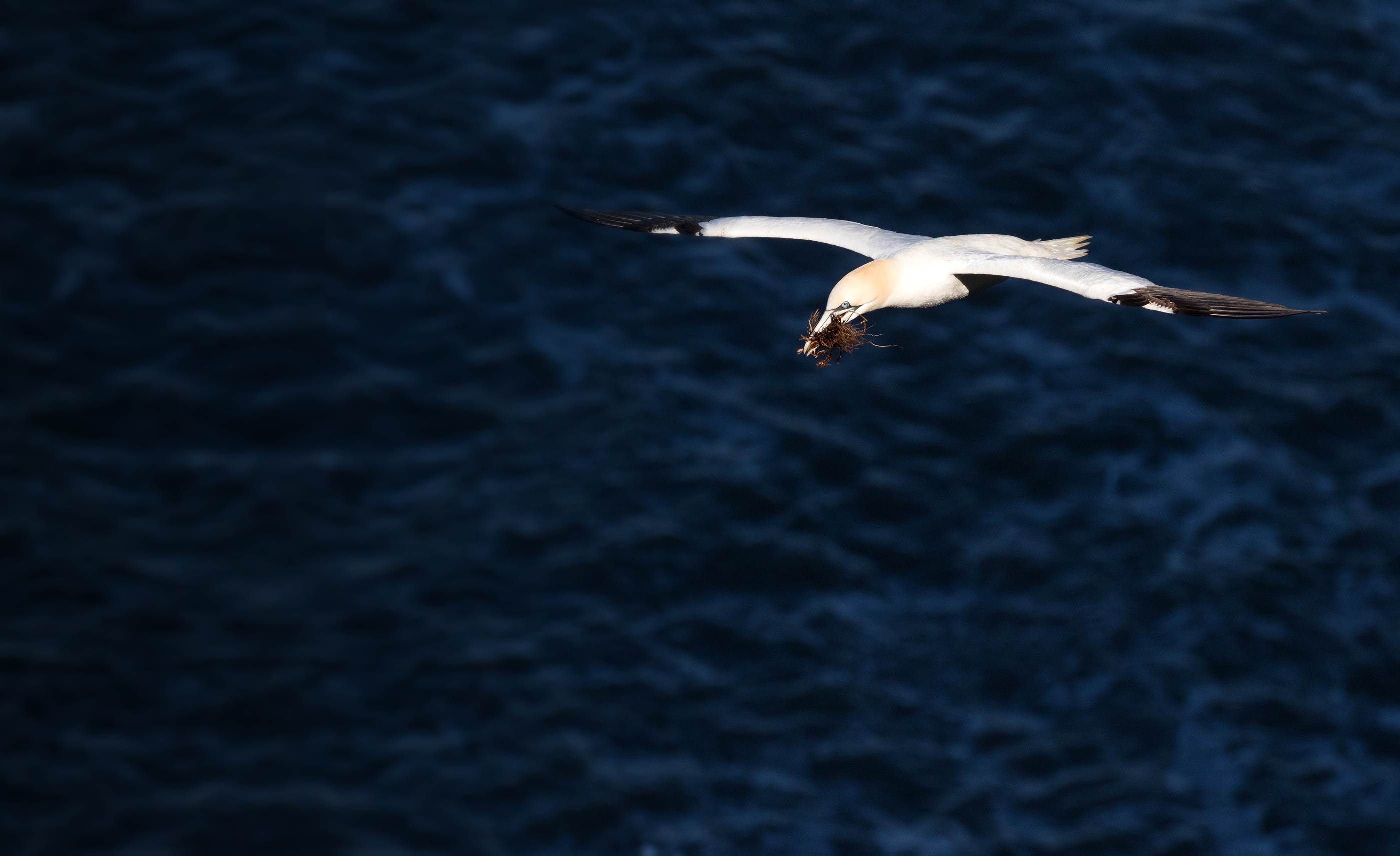Research background and summary
The BTO has an established programme of research in the Brecklands and particularly in Thetford Forest. Our research investigates species, species assemblages, habitats and landscape fundamentals (see below), dispersal and movements of both ecological and conservation relevance to the Brecks and beyond. Species include Nightjar, Woodlark, Willow Warbler and Goshawk.
We collaborate widely with other partners, particularly the Forestry Commission, University of East Anglia, Natural England and Hasselt University (Belgium). We collaborate on public projects such as 'Wings over the Brecks', to promote the Brecks' charismatic appeal.
‘The Brecks’ is an area of high species diversity associated with sandy, stony heath and the largest lowland pine forest in Britain in Thetford Forest. Thetford Forest in particular is a national asset and valued public space with strong recreational and ecological interests. The forest regime follows national and international standards in sustainability which helps realise its broad ecological appeal and exemplar qualities. Nationally important populations of plants and animals occur within the forest, including up to 40 breeding bird species (Conway & Henderson 2008). Thetford Forest also lies within the Breckland Special Protection Area (SPA), designated to protect populations of Stone Curlew, Nightjar and Woodlark. However the diversity of species here is far greater and Thetford Forest itself holds significant populations of:
- Nationally declining migrants: Tree Pipit, Willow Warbler, Garden Warbler, Redstart;
- Priority 1 species: Kestrel, Turtle Dove, Song Thrush, Yellowhammer, Skylark & Marsh Tit;
- Birds of prey such as Hobby, Goshawk, & Long-eared Owl;
- Rare and declining species, such as Lesser Spotted Woodpecker and Willow Tit.
- Bat populations, such as Pippistrelle spp, Noctule, Barbastelle, Leisler’s and Serotine.
In Thetford Forest, BTO research is contributing to long-term evidence of mechanisms and processes affecting populations associated with national and local sustainable forest management strategy, and issues of resilience fragmentation. The BTO's is also making use of the ecological resources the Brecks provides, to run trials and pilot national monitoring, sampling methods and new technologies.
Movements: Dispersal, connecting habitats, landscapes and continents
In the UK acute demands on space pose a major challenge to wildlife conservation. Natural processes of population regulation are heavily disrupted not least by intervention and small scale restoration, so that testing the viability of conservation initiatives is ever more necessary. Breeding habitat connectivity remains largely unquantified in birds, despite encompassing important facets of isolation, dispersal, landscape determinants of carrying capacity and winter ecology. Tracking technology opens up new avenues for research, not least for far-ranging or cryptic species. Currently tracking research at the BTO is being conducted on five species in Thetford Forest (Nightjar, Woodlark and Cuckoo, with aspirations for Goshawk and potentially Hobby too, to assess landscape scale habitat use, population carrying capacity, dispersal and movement patterns.
Assemblages: Species community assessments and population monitoring
In spite of Thetford Forest supporting a rich bird community, an assessment of the current status and distribution of the majority of species is now long overdue since first estimates were made in 2008 (Conway & Henderson 2008). This assessment is needed to provide the foundation and direction for targeted research and to contribute direct evidence in support of the forest management strategy, which is undergoing rapid change in response to tree disease, changes in forest management and demand for wood fuel. These data will inform local and national forest plans for optimising the ornithological prowess of the forest estate.
Single species
- Movements and land-use determinants of breeding densities in Nightjars.
- Continental scale patterns of movement in long-distance migrants: Nightjar and Cuckoo.
- Winter patterns of movements and habitat use in Woodlarks.
- Seasonal movements, prey choice, dispersal and carrying capacity in Goshawks.
- Habitat determinants of high Willow Warbler breeding densities.
Species Assemblages
- Relationship between sustainable plantation forest management and bird assemblages and other wildlife.
- Periodic monitoring of bird assemblages using wet woodland and river-corridors.
- Effects of deer browsing on woodland ecology.
- Effects of light pollution on wildlife.
For further information about the BTO’s work in Breckland, please contact Ian Henderson ian.henderson [at] bto.org or Greg Conway greg.conway [at] bto.org.







Share this page